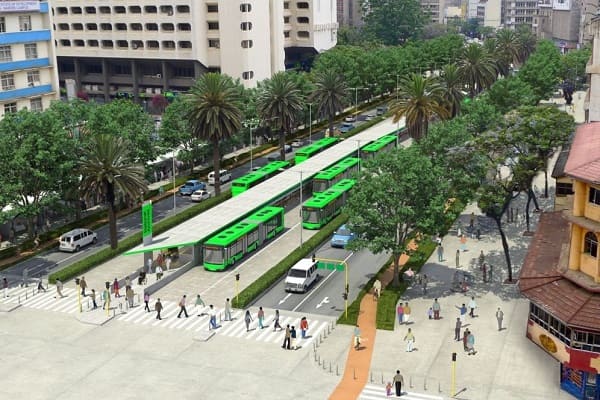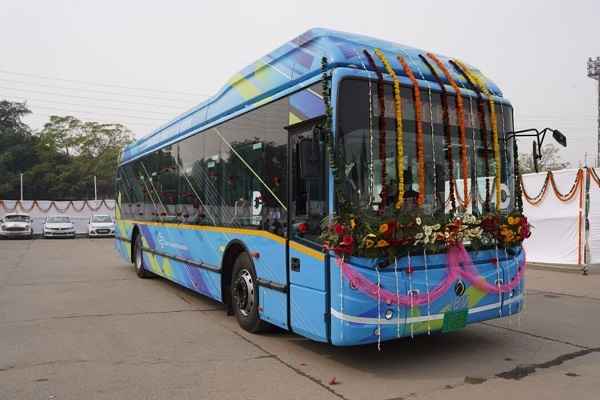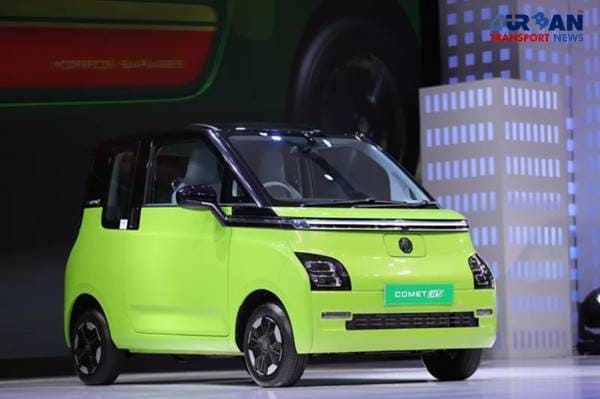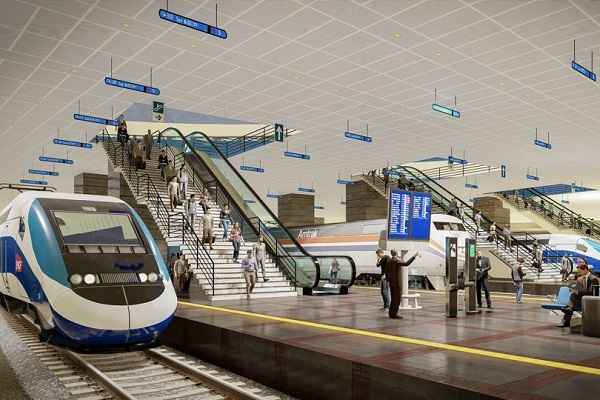 DRA-DMRC JV awarded major contract for redevelopment of Ahmedabad Railway Station
DRA-DMRC JV awarded major contract for redevelopment of Ahmedabad Railway Station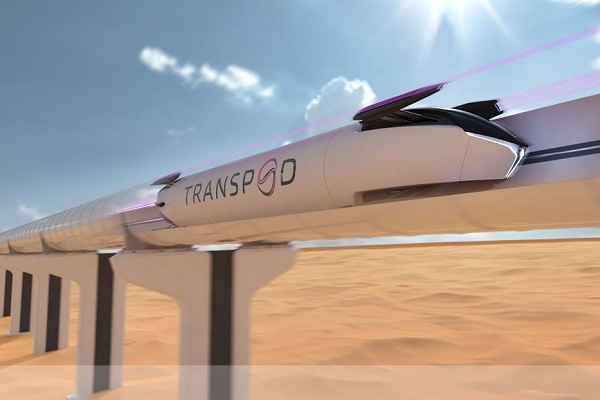 Revolutionizing Transportation: Hyperloop Technology in Saudi Arabia
Revolutionizing Transportation: Hyperloop Technology in Saudi Arabia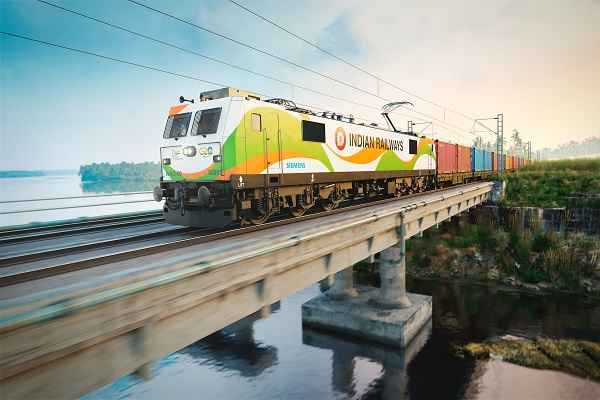 India is not just a market, it is becoming a beacon of hope for the future: Siemens AG
India is not just a market, it is becoming a beacon of hope for the future: Siemens AGSATEBA acquires Rail Business of De Bonte Group in Belgium
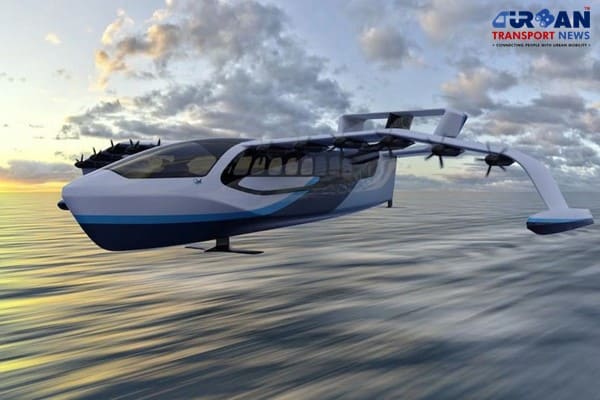 Regent to launch High-Speed Seagliders to transform coastal transportation in UAE
Regent to launch High-Speed Seagliders to transform coastal transportation in UAE California commences construction on $12bn Los Angeles - Vegas High Speed Rail Project
California commences construction on $12bn Los Angeles - Vegas High Speed Rail Project Kochi Water Metro floats tender to procure 15 more electric-hybrid ferries
Kochi Water Metro floats tender to procure 15 more electric-hybrid ferries Siemens Mobility-Hassan Allam Construction JV Sign Contract for UAE – Oman Railway Link
Siemens Mobility-Hassan Allam Construction JV Sign Contract for UAE – Oman Railway Link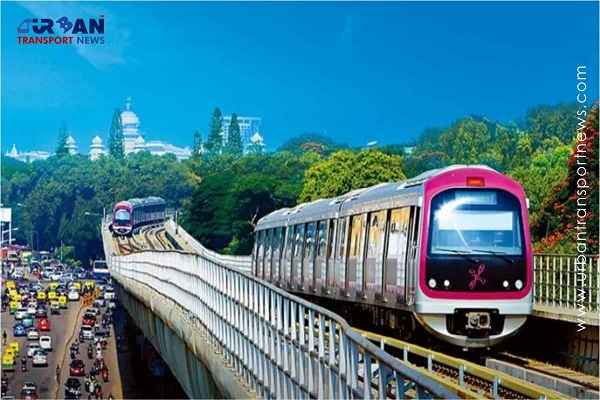 What is better public transport option for Bengaluru - RRTS or Metro Expansion?
What is better public transport option for Bengaluru - RRTS or Metro Expansion?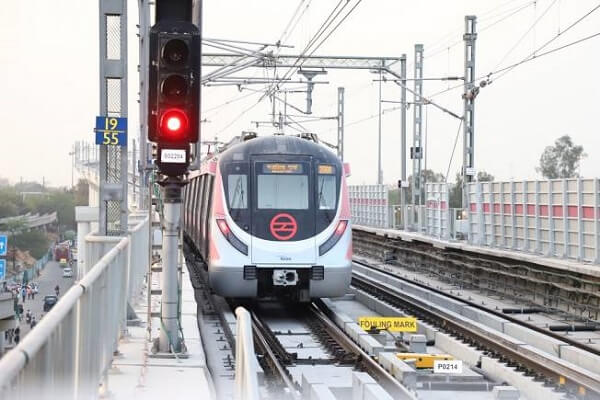 Behind Closed Doors: Corruption Uncovered in Delhi Metro's Top Management
Behind Closed Doors: Corruption Uncovered in Delhi Metro's Top Management
Revolutionizing Urban Transit: Unveiling the Future of Electric Bus Operations
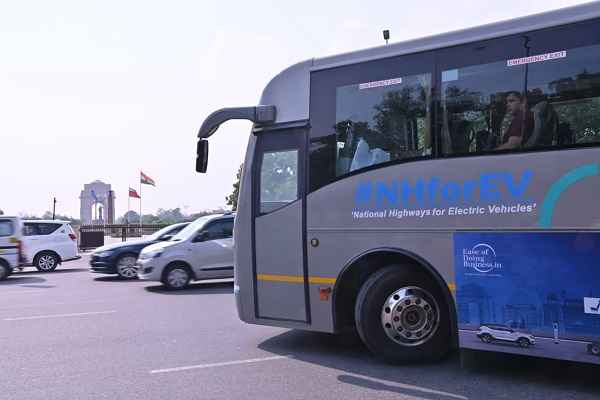
The National Electric Bus Program's phase-1 has witnessed a rapid surge, courtesy of the state-owned Convergence Energy Services Limited (CESL), with support from WRI India. A substantial tender for 6,465 electric buses across six States/Union Territories is set to redefine public transportation. As the fleet of electric buses grows, delving into the intricacies of charging infrastructure, range dynamics, and operational efficiency becomes paramount. This article unveils insights from procurement tenders and data analysis of selected Indian and global cities, providing a comprehensive view of e-bus operations.
The Evolution in Indian Transit
Traditionally, Indian transit agencies leaned towards higher single-charge ranges for 9-meter e-buses compared to their 12-meter counterparts. However, recent tenders witnessed a paradigm shift. For instance, Mumbai's forward-thinking tender sought 12-meter and 9-meter e-buses with an extended range, aiming to reduce dead kilometers and enhance bus utilization. Surprisingly, as the range increased, the cost per kilometer decreased by 30%, showcasing the pivotal role of daily bus utilization in cost-effectiveness.
International Case Studies: A Global Perspective
Exploring international cities focused on e-bus range and operational kilometers provides valuable insights into global e-bus operations. The range requirement in most of these cities exceeds the existing daily operational requirement, showcasing diverse charging systems and parameters. Let's delve into two categories:
Cities Without Opportunity Charging
Transit agencies in Barcelona, Copenhagen, London, Milan, and Shenzhen fulfill their daily range requirements with a battery storage capacity exceeding 300 kWh, without any provision for opportunity charging. Slow charging at depots during the night for 4-5 hours meets their energy requirements for a full day of e-bus operations.
Cities Embracing Opportunity Charging
On the flip side, transit agencies of Berlin and Prague have opted for opportunity charging with smaller battery capacities. Berlin and Prague implement pantograph charging systems, ensuring a quick 6-8 minutes of charging during cycles. Vienna introduces a bottom-up pantograph charging system with direct current (DC) charging at 60 kW. Berlin and Vienna have 6-8 minutes of opportunity charging per cycle, while Prague has 10-30 minutes of opportunity charging time.
Decoding Operational Efficiency: Finding the Sweet Spot
To gauge operational efficiency, an analysis of 15 cities, both in India and internationally, uncovered a crucial ratio. A 0.7 battery storage ratio emerged as the sweet spot, indicating that this ratio is sufficient for full-day operations without the need for opportunity charging.
Opportunity Charging Threshold
Cities exceeding the 0.7 ratio, like Berlin, Prague, and Vienna, embrace opportunity charging. Shenzhen, with a battery storage ratio of 0.7, sustains operations without the need for additional charging. Interestingly, Mumbai may not require opportunity charging with a ratio of 0.61, whereas Delhi, with a ratio of 0.92, could benefit from the flexibility opportunity charging provides.
Future-Proofing Urban Transit
International cities prefer larger batteries lasting the entire day or incorporating multiple opportunities for charging via advanced technologies like pantographs. This approach ensures flexibility in scheduling e-bus operations, facilitating a seamless transition from internal combustion engine (ICE) buses to electric buses. As India paves the way for electrified roads, this comprehensive analysis serves as a guide for the future of sustainable urban transit.





